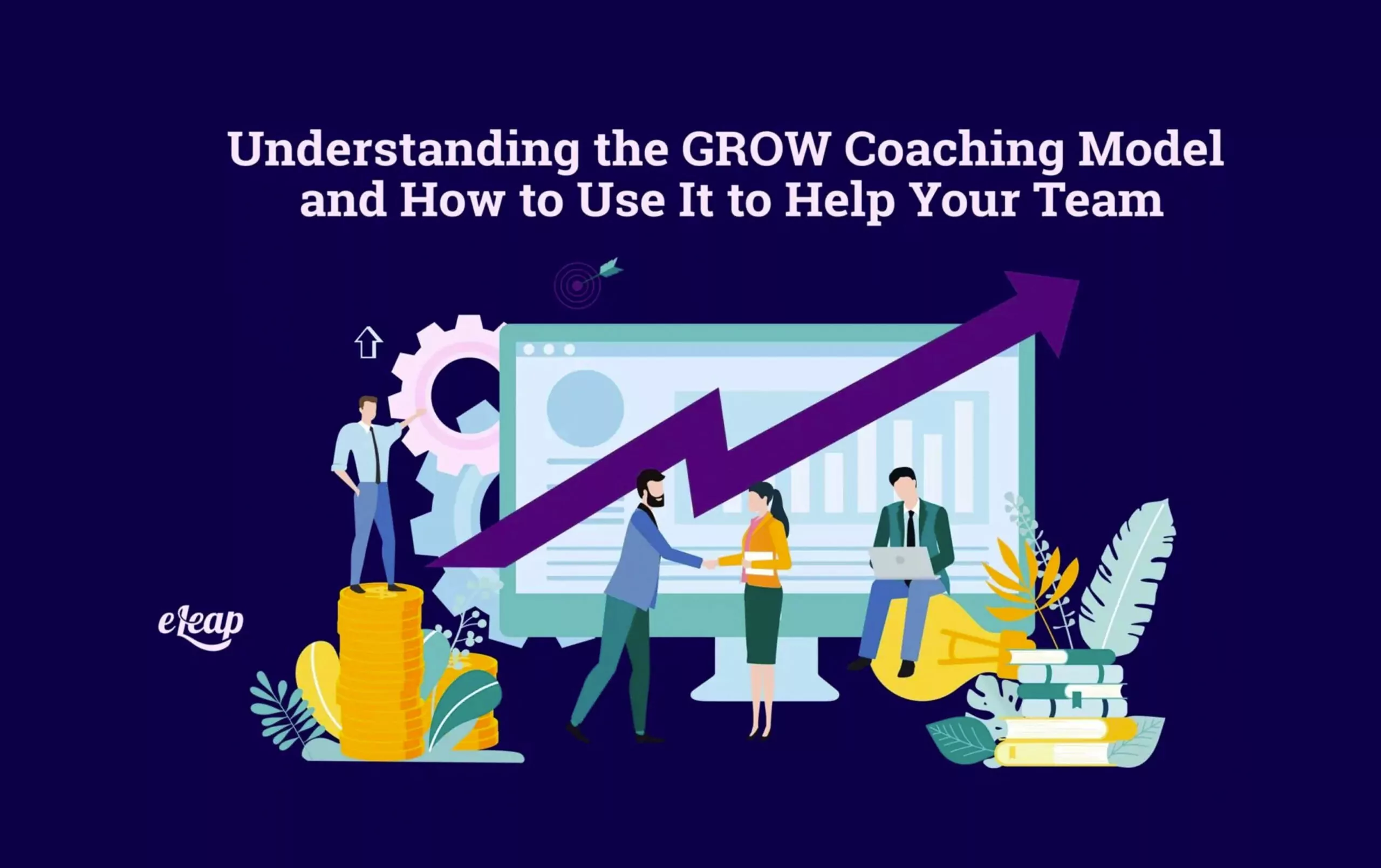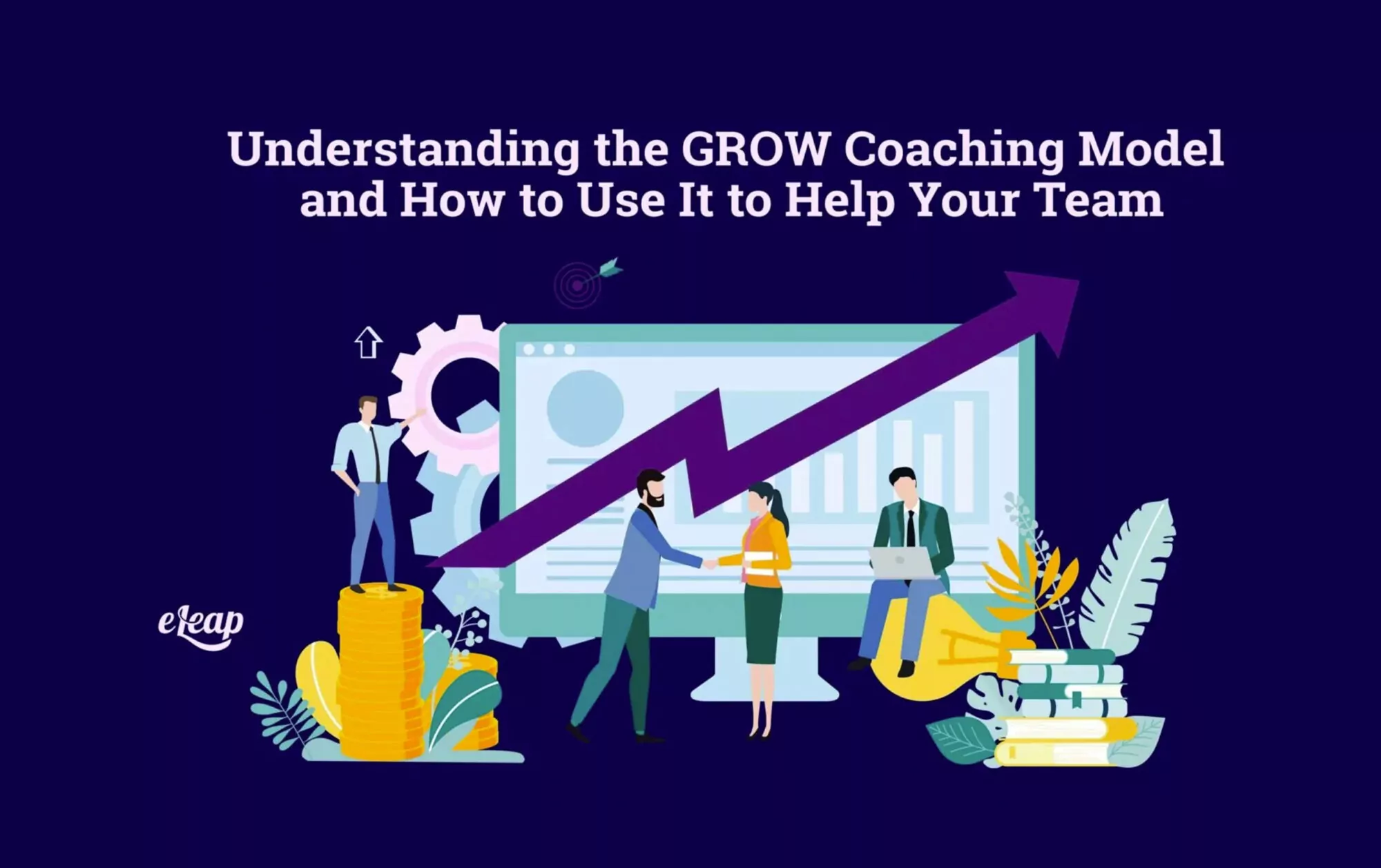Understanding the GROW Coaching Model and How to Use It to Help Your Team

Training concepts, such as the GROW coaching model, geared towards creating effective working teams through coaching people to reach their highest potential in the workplace, have no doubt created a lucrative industry all their own. Immeasurable amounts of time and research have gone into figuring out exactly how to motivate employees to consistently perform at their greatest capacity in the workplace and how they can be taught to reach this level of performance autonomously through problem-solving to meet their goals. Part of this success comes from effective training and mentoring from leadership or management staff equipped with coaching tools that are proven to be effective.

What is the GROW Coaching Model?
The GROW coaching model is one organizational mentoring method that is used to help employees take ownership of putting forth their best efforts on the job. Created in the 1980s by Graham Alexander, Alan Fine, and Sir John Whitmore, this coaching model has been put through its paces for the last four decades. GROW is an acronym that stands for “Goal, Reality, Options or Obstacles, and Will or Way Forward.”
It is a linear method of helping employees to think through a project or goal from point A to point B, whether the task at hand is related to current work projects that are pending or for goal-reaching purposes that are unique to the employee. It is known as one of the most popular and effective methods worldwide for performance improvement, setting goals, and problem-solving. The GROW coaching model can be applied to any employee in any industry and has been linked to nearly immeasurable positive improvements relating to workplace productivity enhancement.
Why Is the GROW Coaching Model So Popular?
The GROW coaching model is extremely popular for management teams for two main reasons: One, the framework is extremely easy to follow, and two, the system is known for its nearly foolproof effectiveness. Businesses are always on the hunt for simple and cost-effective ways to improve their employees’ performance. This mentoring model could be taught to managers using a simple email or even a ten-minute lunch-and-learn where employees can pick up on this productivity system before they even finish their bag lunch. Employers will enjoy the fact that it takes very little time and money resources to effectively add the GROW coaching model to their team’s toolkit. It’s a method used by some of the most successful companies in the world.
How to Use the GROW Coaching Model
The GROW model is extremely easy to pass along to mentoring team members and even easier for employees to follow. All you must do is treat each letter in the acronym like a step in the process and work your way through it.
1. “G” is for Goal
The “goal” element of the GROW coaching model is whatever desired outcome the employee or organization is seeking. This could be the completion of a project or a personal, work-related goal of an individual employee. No matter what the goal is, it must be “SMART,” meaning Specific, Measurable, Attainable, Realistic, and Time-sensitive. Identifying the goal is perhaps one of the most important steps in the process because it gives the employee a direction in which to head and a milestone they can noticeably achieve.
2. “R” is for Reality
The “reality” in the GROW coaching model refers to the current standing of the employee or team. Where are they right now? What is the starting point? What kind of distance must be covered (or obstacles overcome) for them to reach the goal? What steps have already been taken? What types of actions get them closer to the goal? Is this specific goal at odds with any other personal objectives or objectives within the business goals of the organization? If the goal itself is “Point B,” then “reality” is essentially “Point A.”
3. “O” is for Obstacles and Options
At this stage, the employee learns to identify any barriers or obstacles that may be standing in the way of reaching the goal. Additionally, they can brainstorm any options available to them to overcome these obstacles. What is inhibiting them from taking steps toward the goal? What do they need to let go of to make more room for working toward their success? What options do they have for overcoming the obstacles, and what are the pros and cons of each option? Allow the employee to take the lead in identifying where there may be roadblocks to their productivity or overall success.
4. “W” is for Will and Way Through
By the time they make it to this step, an employee may have a clear vision in mind for what goal they’re trying to reach, where they’re starting, and what their options are for getting there. They may have already started brainstorming how exactly they will overcome any obstacles in their way and when they will take advantage of certain options available to them. Understanding these plans can fuel their drive or their “will” to chase the goal until they reach it. If they have a clear mental picture of how they are going to achieve the goal, they’ve already created the way through the task. This is also the stage in which they get to be realistic about their level of commitment to achieving a goal which will shed some light on how likely they are to be successful.
An Example of the GROW Coaching Model in Action
To put this mentoring model into theoretical practice, let’s look at the example of Molly, who works as a registered nurse. Molly has an associate degree in nursing, which is the minimum amount of education needed in most states to qualify to take the nursing licensure exam.
Molly has set a goal to expand her education to the level of a bachelor’s degree in nursing because she believes it will open her up to more opportunities for advancement into leadership roles at work, give her the justification to claim a higher salary, and make her a better nurse overall. She wants to achieve this goal within two years. Molly’s goal is “smart” because it is specific, measurable, attainable, realistic, and time-bound.
As her manager, you help Molly take inventory of her “reality,” or starting point. She already has her associate degree and is employed full-time as a nurse. She may have already submitted some applications to different nursing schools with programs specifically for nurses looking to upgrade their associate degree to a bachelor’s degree.
Molly could be facing some obstacles to her endeavor to continue her education. Maybe she has two children who soak up much of her free time and attention. Her family would have to make sacrifices for her to devote time to studying. Financing her education could also be an obstacle, but she may have some options to accommodate that expense. As her manager, you let her know that the hospital you both work at will offer her partial tuition reimbursement for furthering her education. She may also live in an area where there are no local college campuses that provide this type of degree, so she must look for classes offered exclusively online.
Molly is motivated by the fact that hitting this goal could set her up to provide more for her family, and it will make her a more valuable asset to her current employer by helping her become a more effective nurse. As her manager, you remind her that with good time management and proper budgeting, she can delegate enough time to her studies to be successful and direct her finances to fund her education as needed. She loves her job and genuinely cares about her patients, and therefore has all the drive and the willpower she needs to push through and reach her goal. With your help as her supervisor, she can clearly visualize the path to take to get there.
This is just one example of how the GROW coaching model fits into an employee’s specific goal that will ultimately be a benefit to the place she works. Management and mentors can play a critical role in helping employees brainstorm ways around certain obstacles to help them see that their goals are achievable, and this can make a big difference in kickstarting their success.
The Simple Key to Organizational Success
Sometimes the most effective employee mentoring methods are built on the simplest framework. The GROW coaching model should not be underestimated under any circumstances. It is a proven powerhouse of a coaching method that is renowned around the world for its effectiveness. The simple steps eliminate any anxiety an employee may have about working towards a big goal and give them an easy-to-follow guideline for breaking down their goal into its components: the goal itself, the realistic starting point, the obstacles, and the willpower and way through to the goal’s completion. If your organization isn’t using the GROW coaching model, you should be. It will only improve the entire organization by creating more motivated and successful employees. The eLeaP continuous performance management system provides organizations with powerful options to attract and retain high-caliber team members.